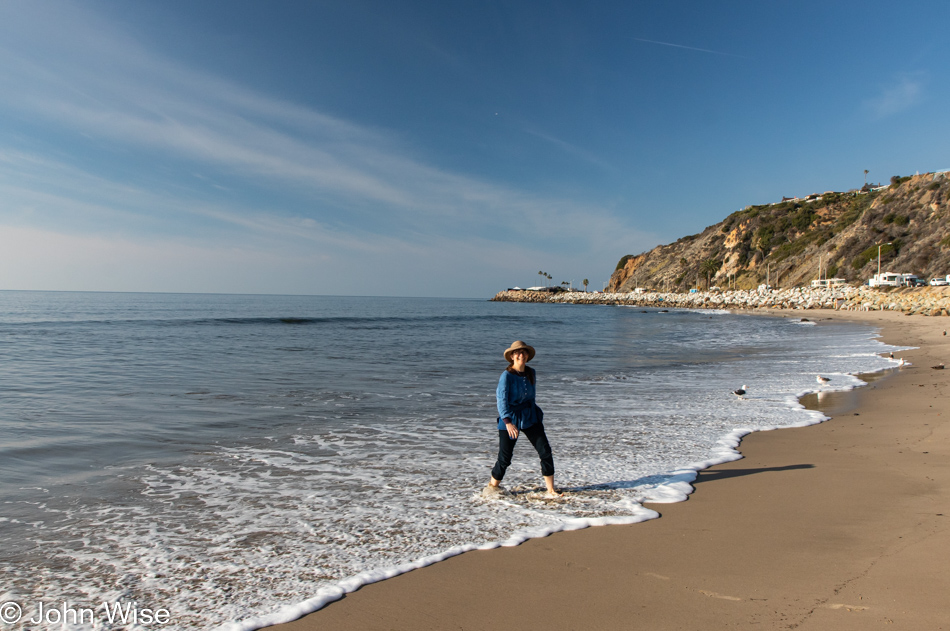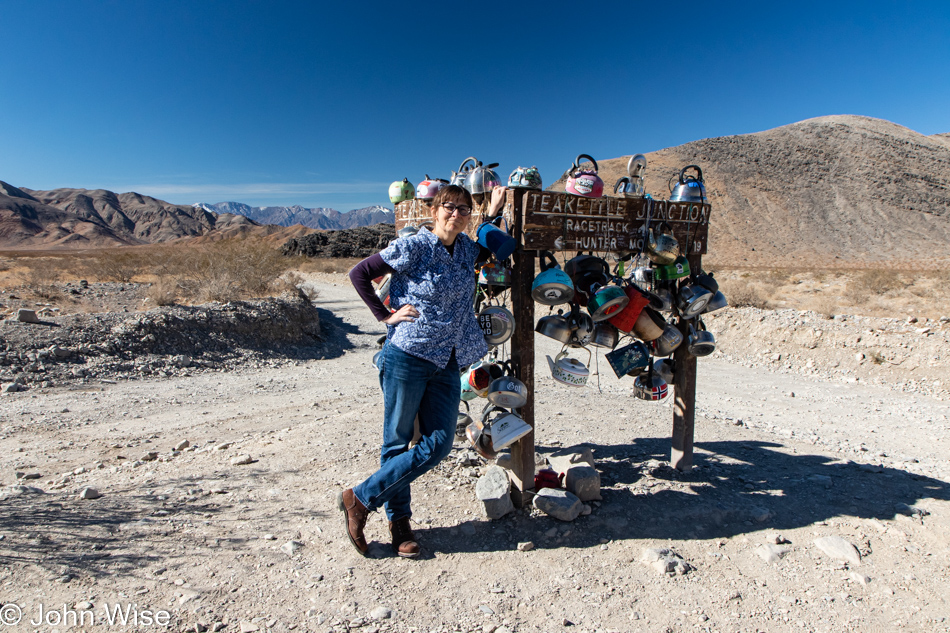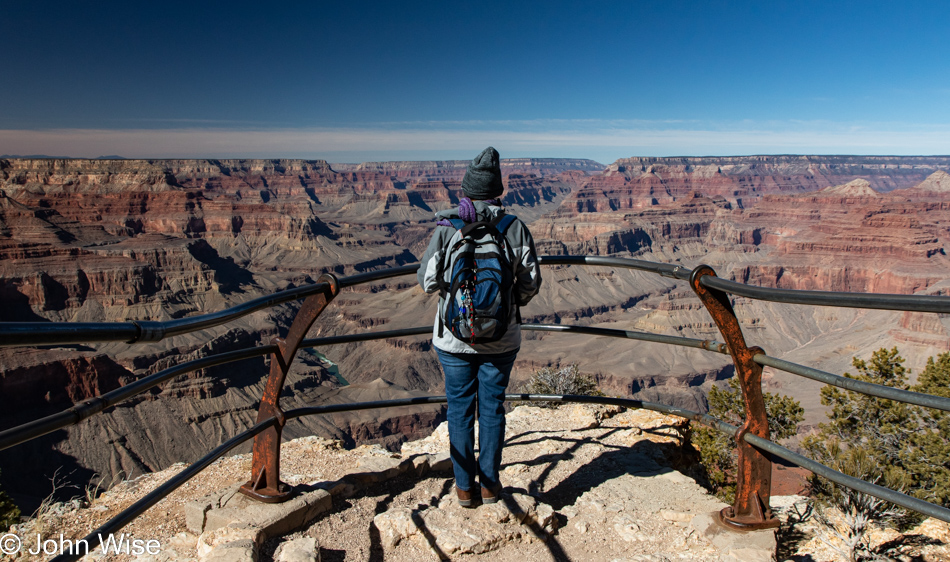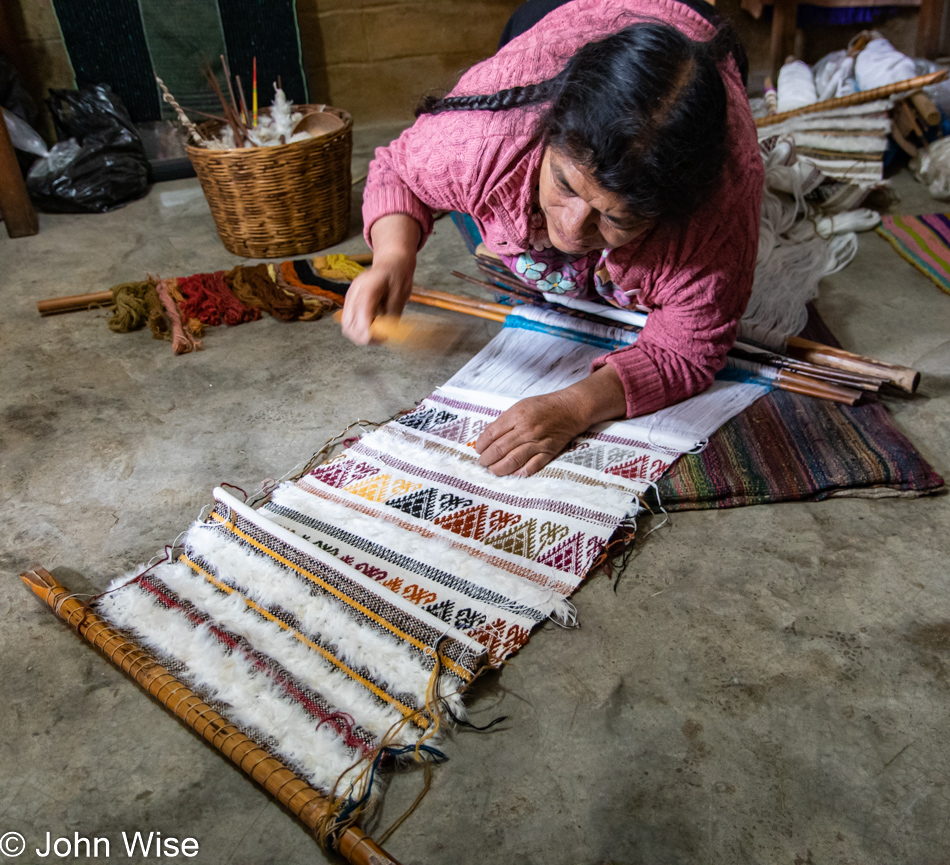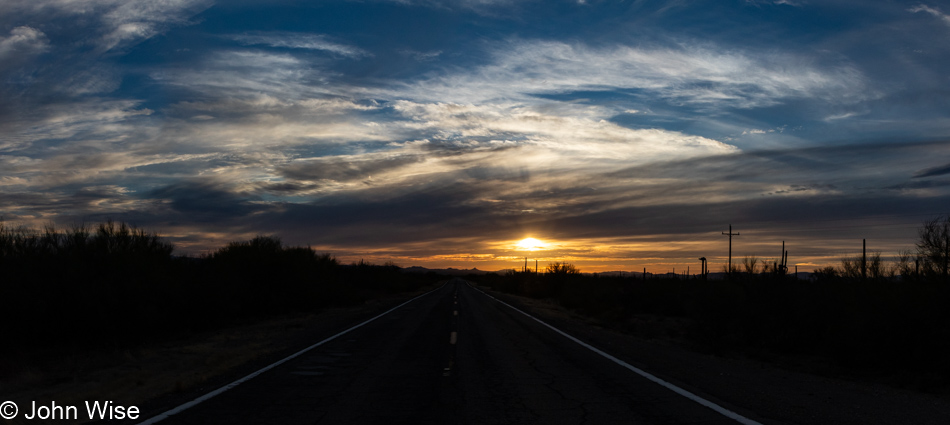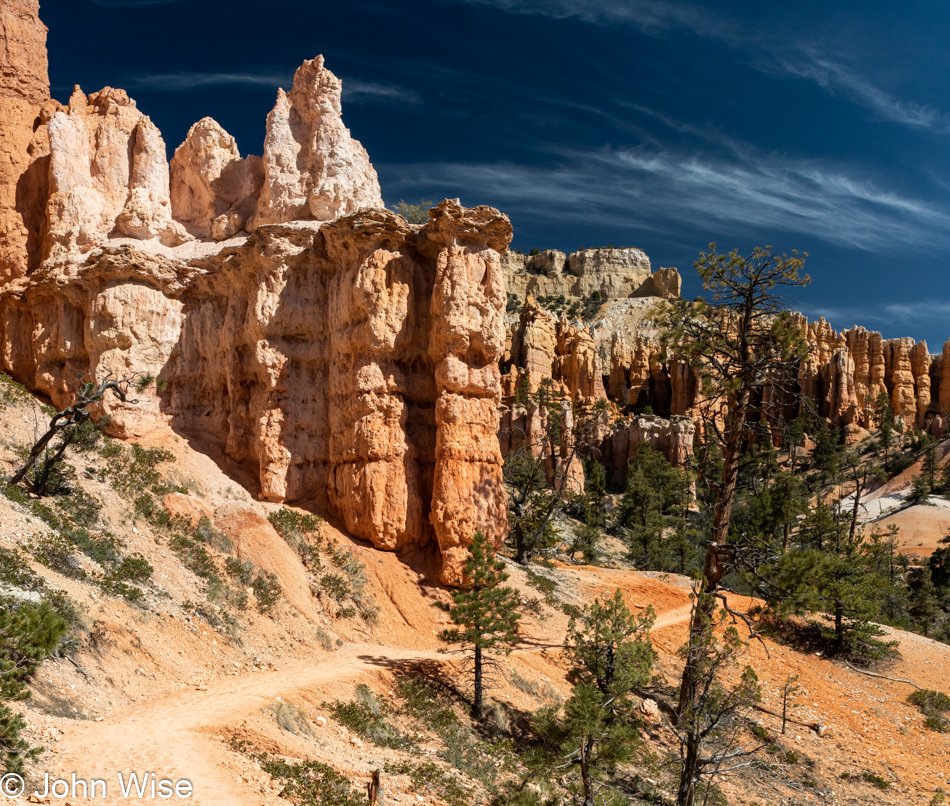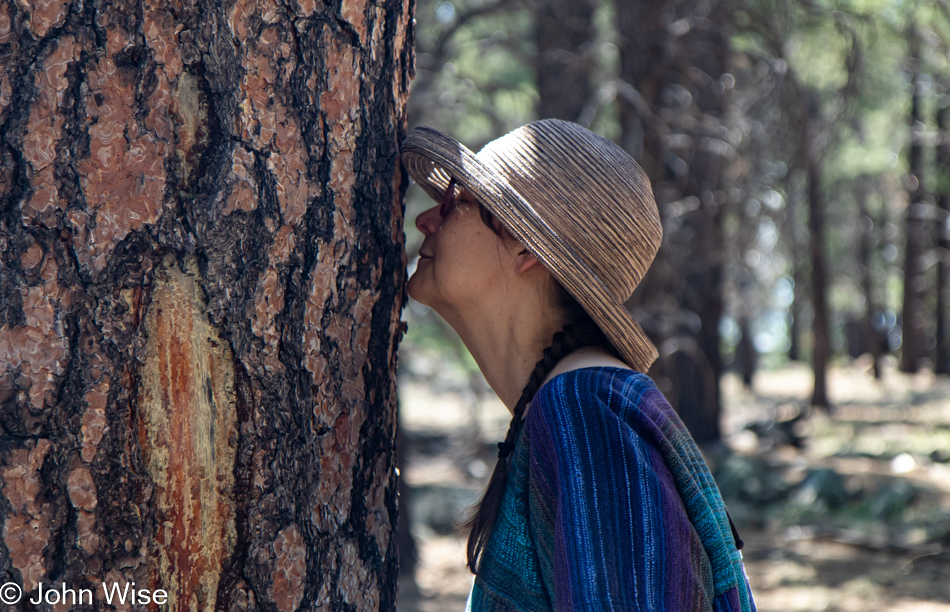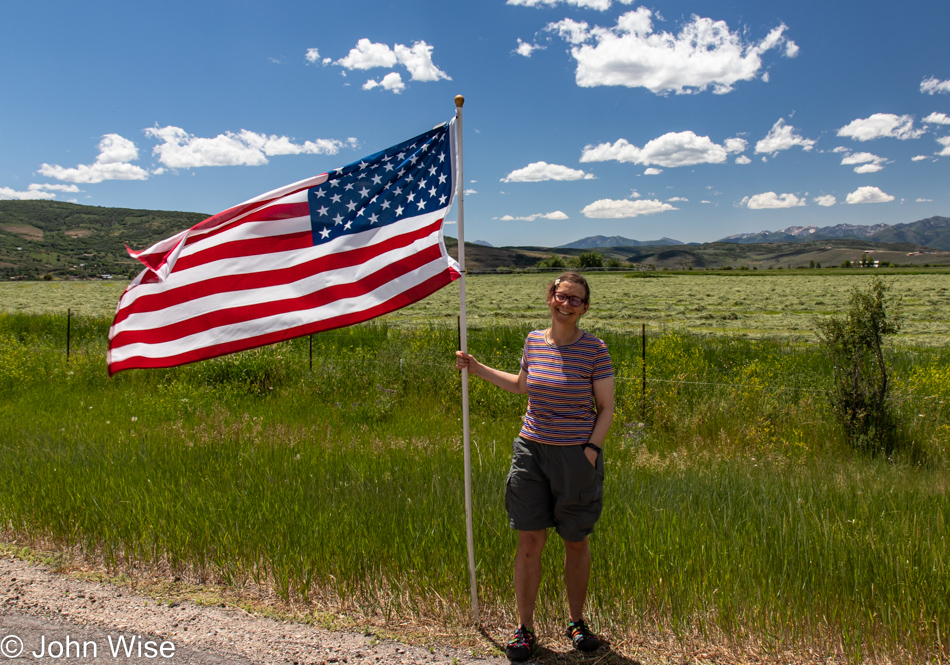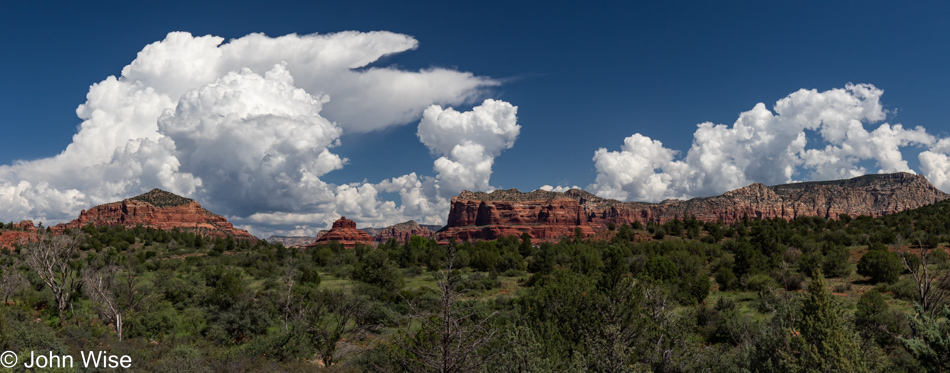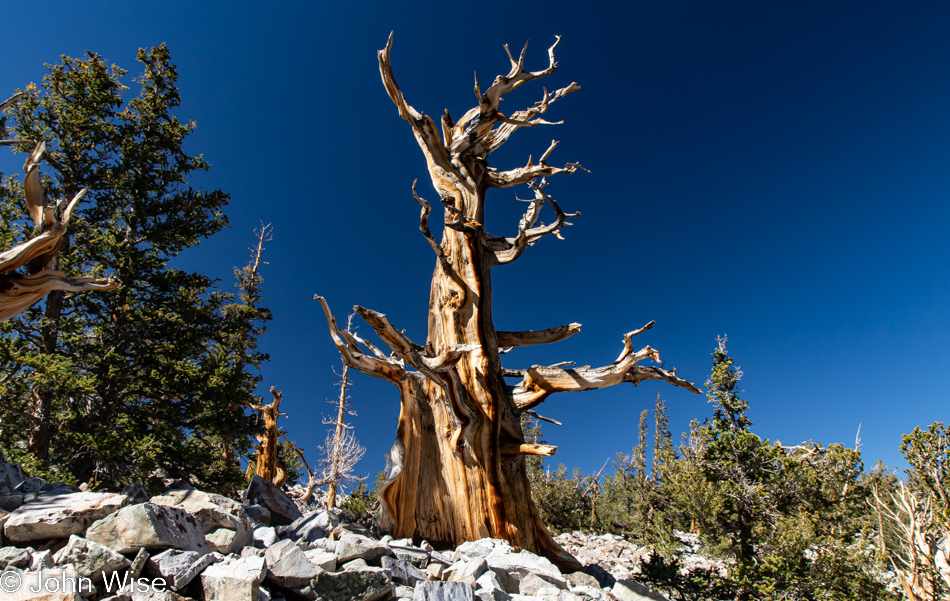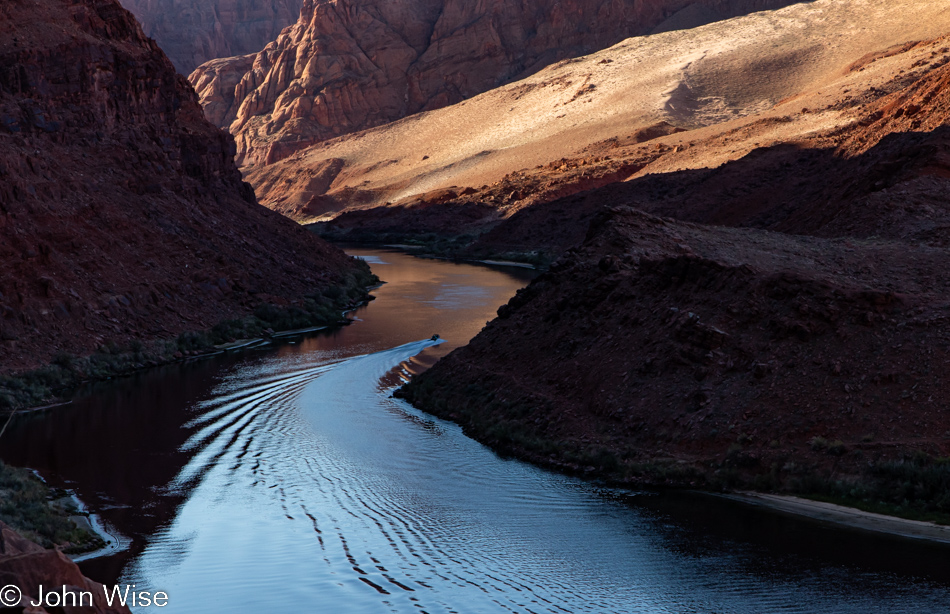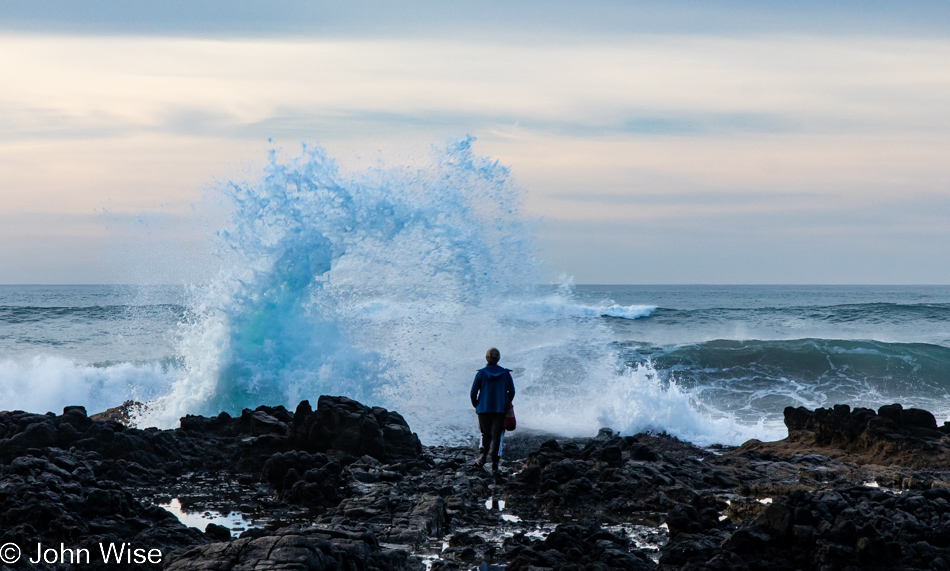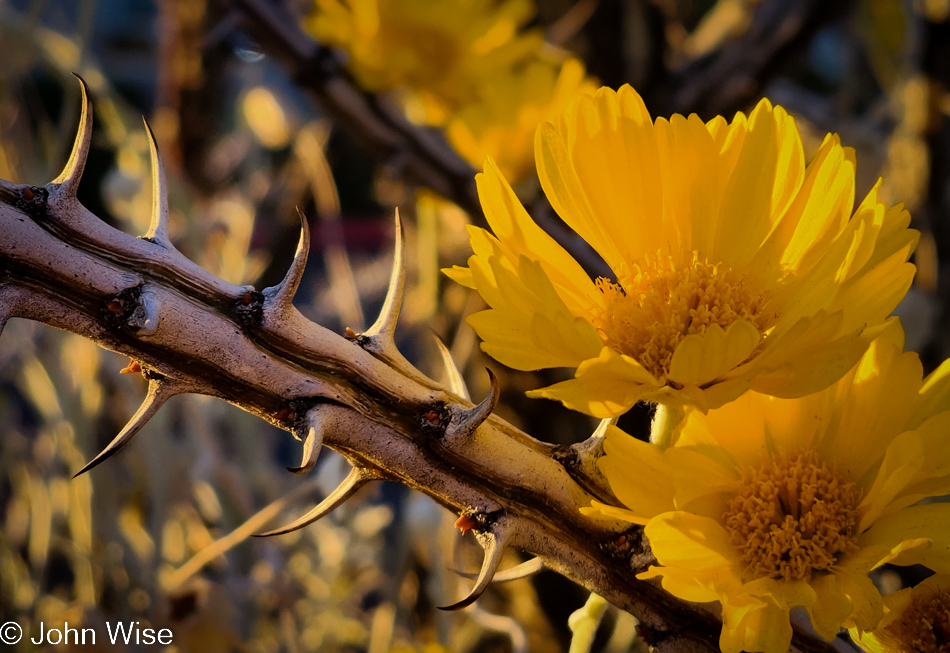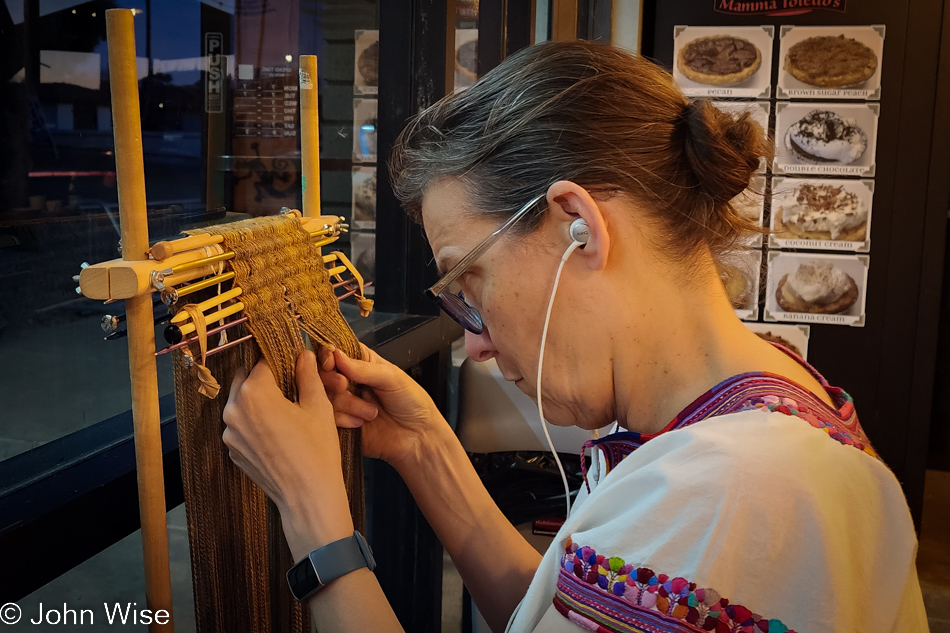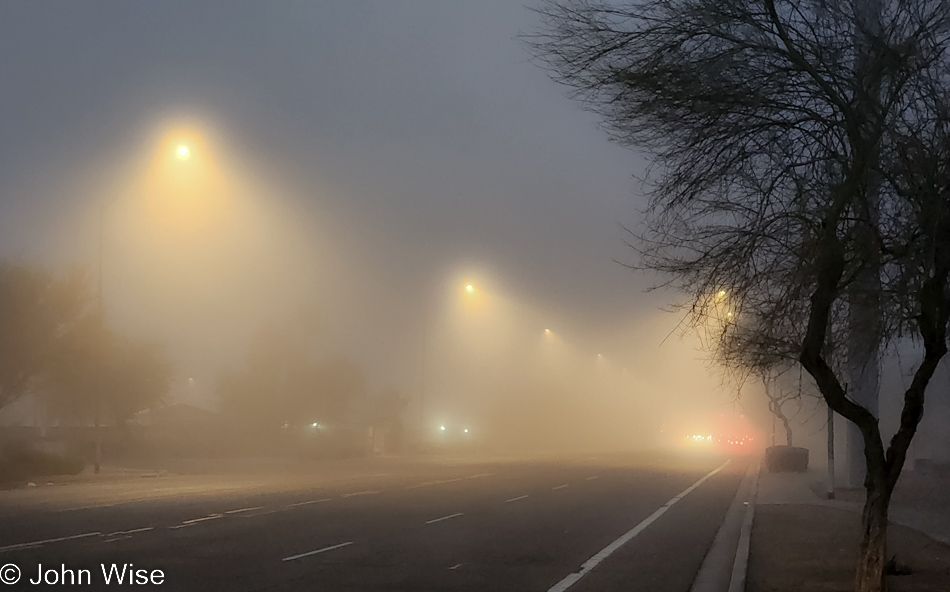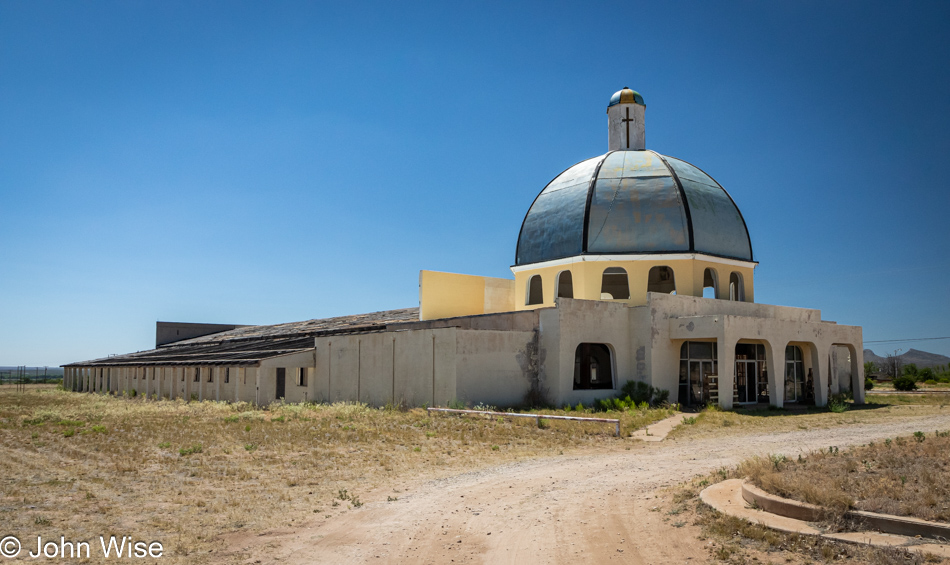
On our visit to southern Arizona the other weekend, I was reminded of a previous visit when we passed by the Miracle Valley Bible Church (MVBC) and realized that I had not shared my photos from inside the abandoned buildings. On a day back in May 2019, when I was exploring the area by myself (while Caroline was attending a fiber event in nearby Bisbee), the gate to the property was open, so I casually walked up the driveway. Spotting someone, I continued towards him, apologizing if I were, in fact, trespassing. He assured me that I was okay and welcomed me. I no longer remember his name, nor can I find any notes, if indeed I even wrote any.

Before venturing out onto the property, I was told some of the history of the Tabernacle and the story of AA Allen (the initials stand for Asa Alonso). What I didn’t hear about on that day was the shootout with law enforcement back in 1982 or that AA died from alcohol poisoning. The irony is not lost on me.
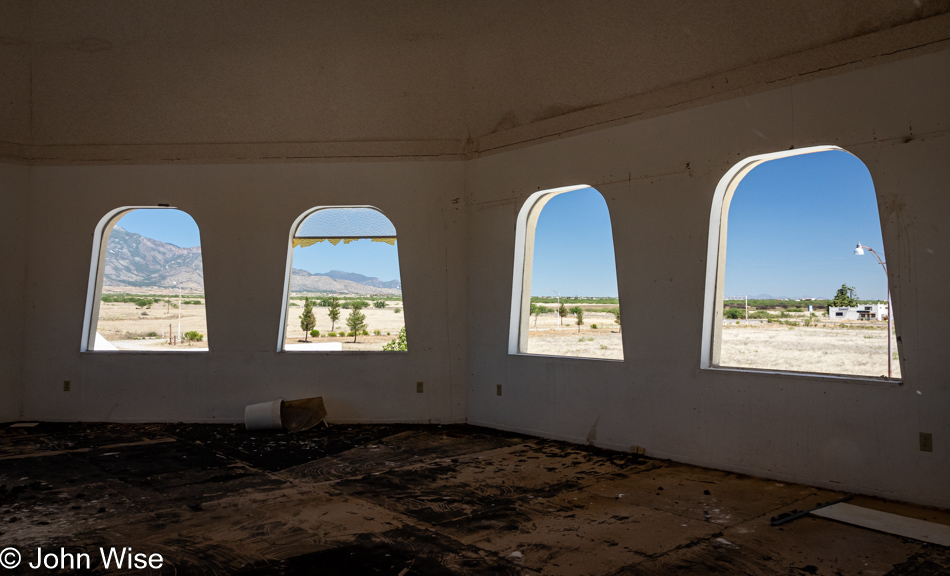
In its heyday, the bible church, various buildings, and an airstrip sat on over 2,500 acres and catered to those believing in faith healing. After Allen’s death in 1970, Minister Don Stewart assumed the operational role of leading the MVBC, which seems to have been a kind of non-starter. Who did gain traction in the area was Pastor Frances Thomas, who wanted to purchase the property but was denied, so she picked up land across the street and, with members of the MVBC congregation, formed the Christ Miracle Healing Center and Church (CMHCC).

Allegedly, she had ideas of making the work of Jim Jones look like child’s play, though obviously (and thankfully) that never came to fruition, though a (relatively minor) shootout did occur. Regarding the hysteria around this incident at the time, it should be pointed out that the CMHCC was an all-black congregation, and anyone living in Arizona back in those days knows the kind of racism that was alive and well in this state.
While I was visiting the site, I was amazed that a mural that was now well over 50 years old had never been vandalized. The painting was created by Alfred Gerstmayr.
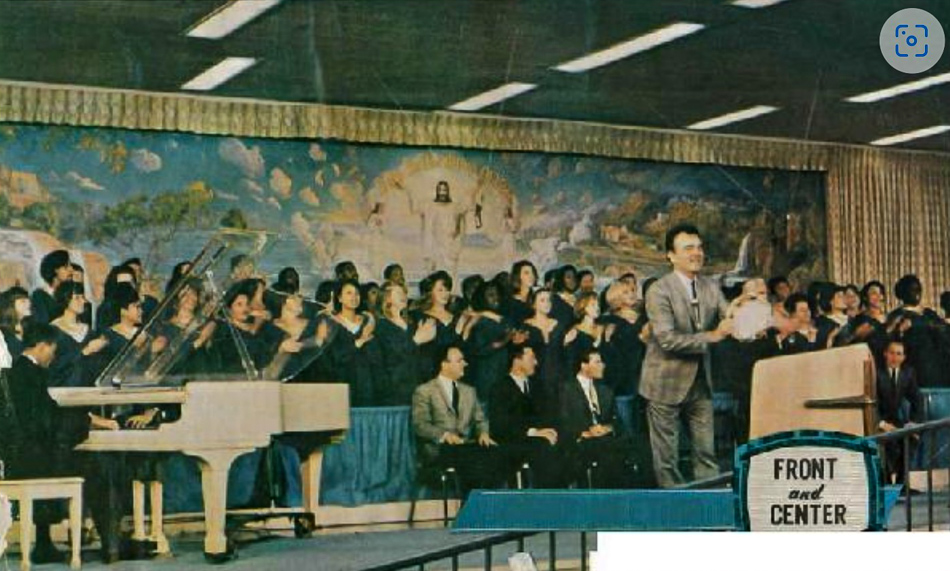
There’s the mural with AA Allen front and center.
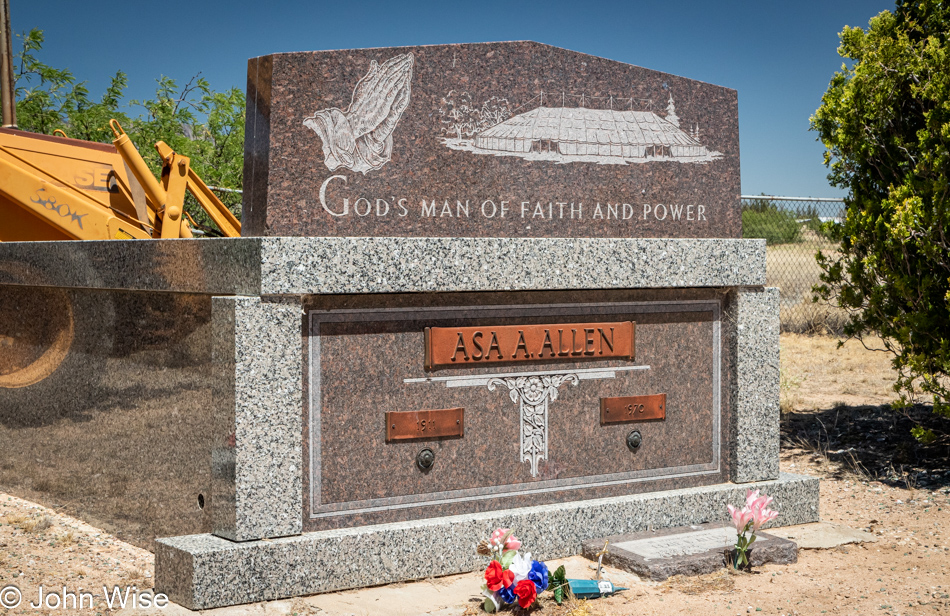
AA Allen is buried out here. I wonder what a grave on the property means for a future owner.
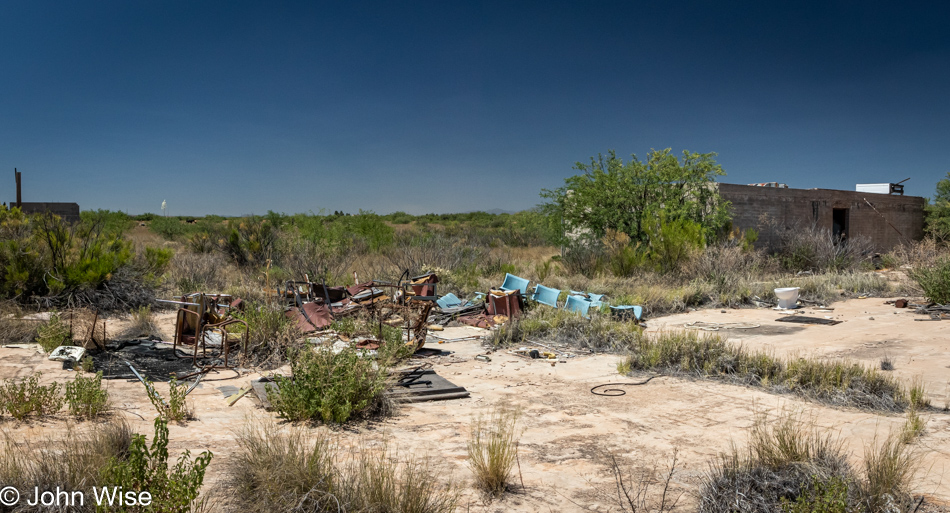
On the day of the shootout between the sheriff’s department and members of CMHCC, Frances Thomas’s son William was one of several people who died or were wounded.
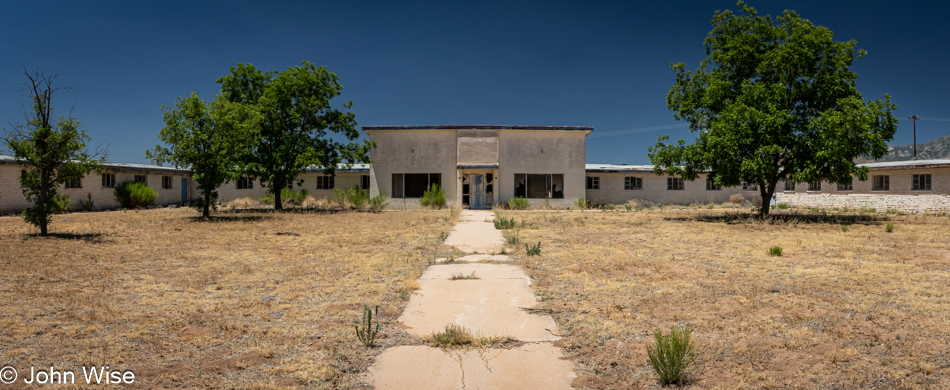
True, none of these buildings or anything on this side of the street had anything really to do with the shootout other than the unfortunate naming of the incident as the Miracle Valley Shootout.
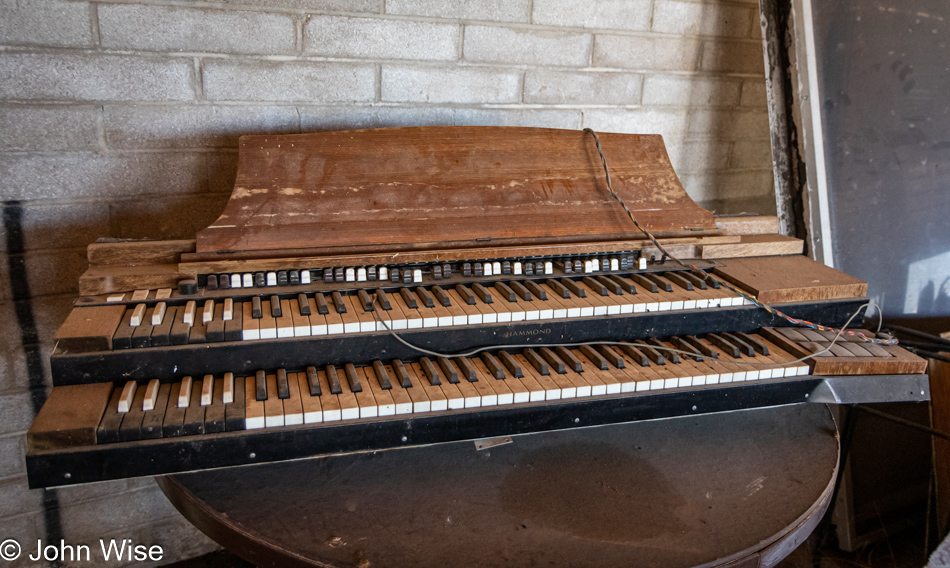
Don Stewart is still alive and well, apparently living in Paradise Valley, Arizona, in a multi-million dollar home because faith healing and speaking in tongues pay well, which also works for his son. If you want to see something crazy, watch one of the videos on YouTube of events where they’ve allowed themselves to be recorded for posterity, demonstrating their madness.
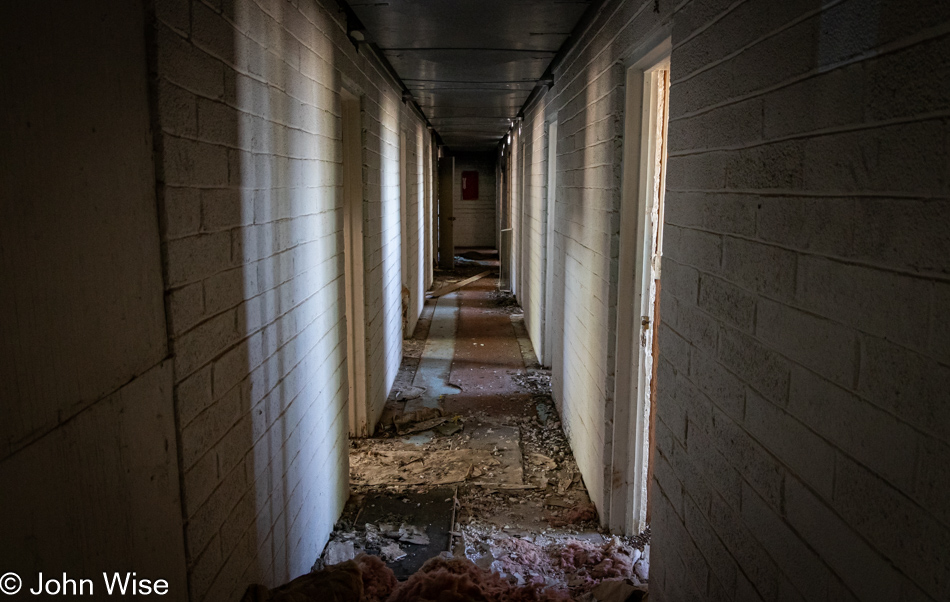
I’m tempted to be envious of those who are able to goad the less fortunate, i.e., mentally off-base, into giving whatever money they have to wealthy scammers who gladly take their earnings for their own benefit. Those downtrodden, hurt people looking for miracles because they have nothing else to believe in are being victimized, but with the United States protecting religious rights, people are free to be fleeced by shysters every day of the week. The tax-exempt status of these religious entities enables these “clerics” to pocket their wealth and, in the case of Don Stewart, put expensive homes in the name of the church to better protect the impression of nefarious ill-gotten gains at the expense of the less fortunate. I guess this is the real benefit of near-absolute freedom: we are free to be as stupid and greedy as we choose.
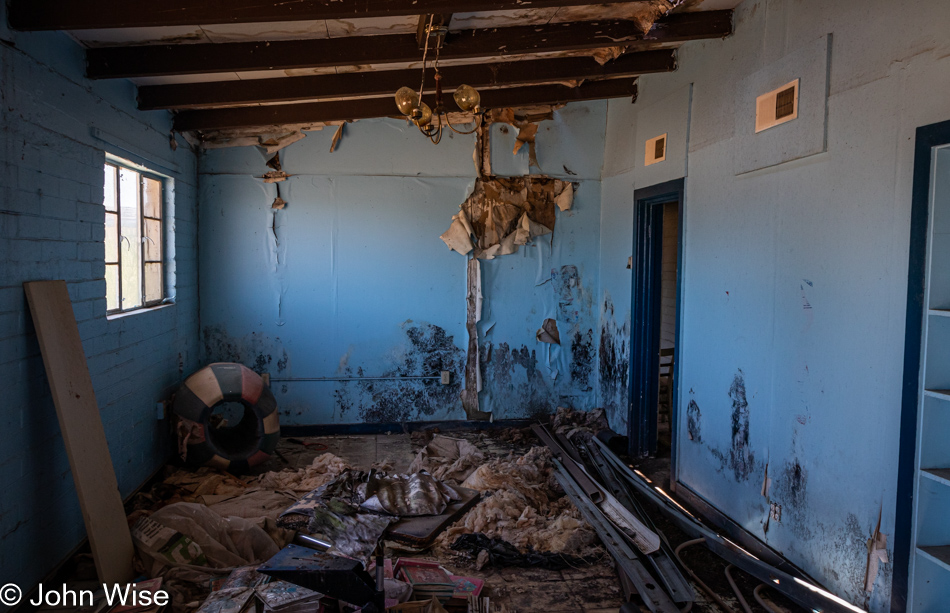
As for Frances Thomas, she died in 1995 after relocating to Chicago.
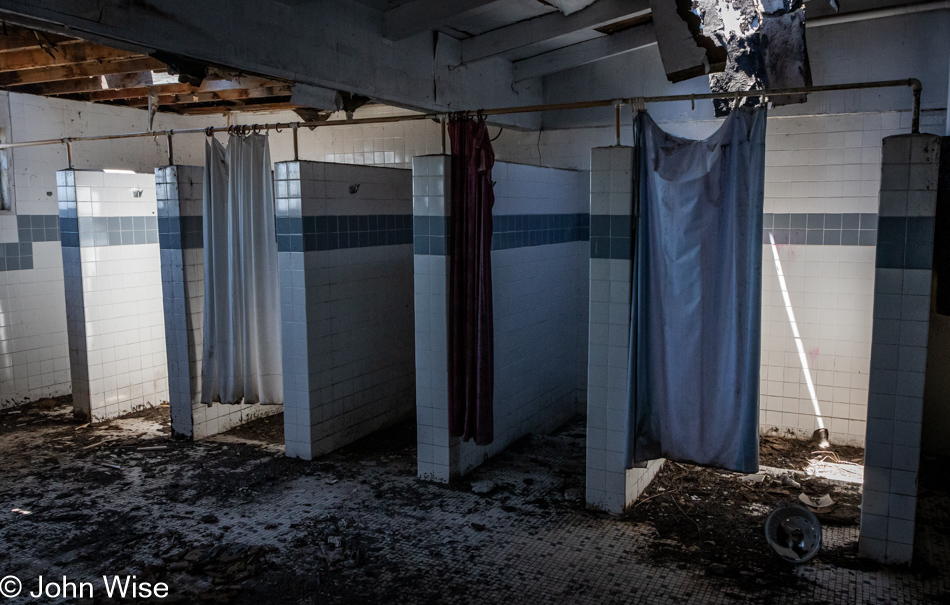
I understand that many attempts have been made to rehabilitate the site, but all efforts have failed so far.

There is something creepy about the place, not only because it’s now in ruin but also because of the whole cult-like atmosphere that surrounds the history of the religious zealots that descended upon this remote desert outpost.
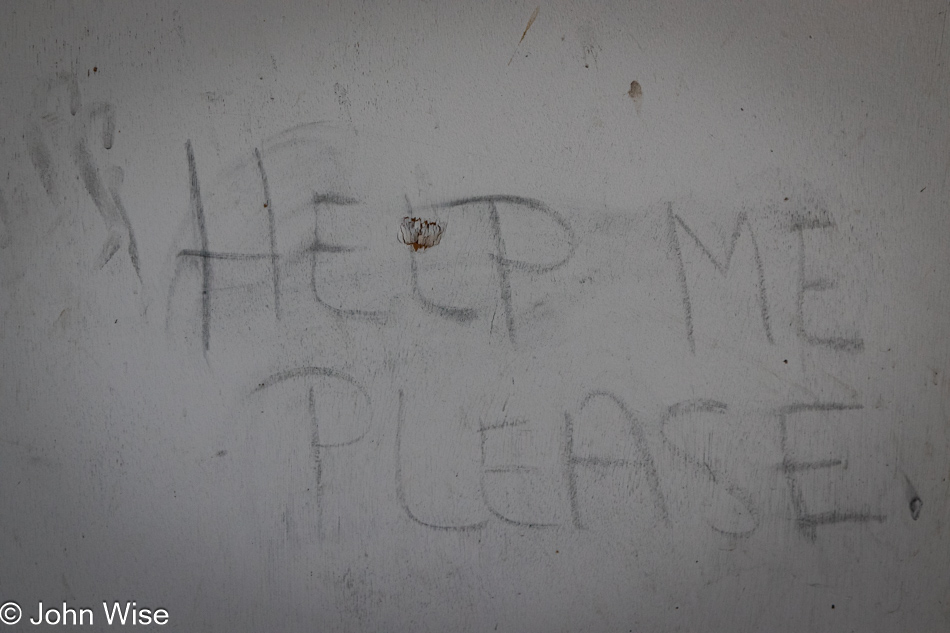
One really has to wonder if this message hasn’t been here forever because if someone got in to leave this message, why is that old mural untouched?
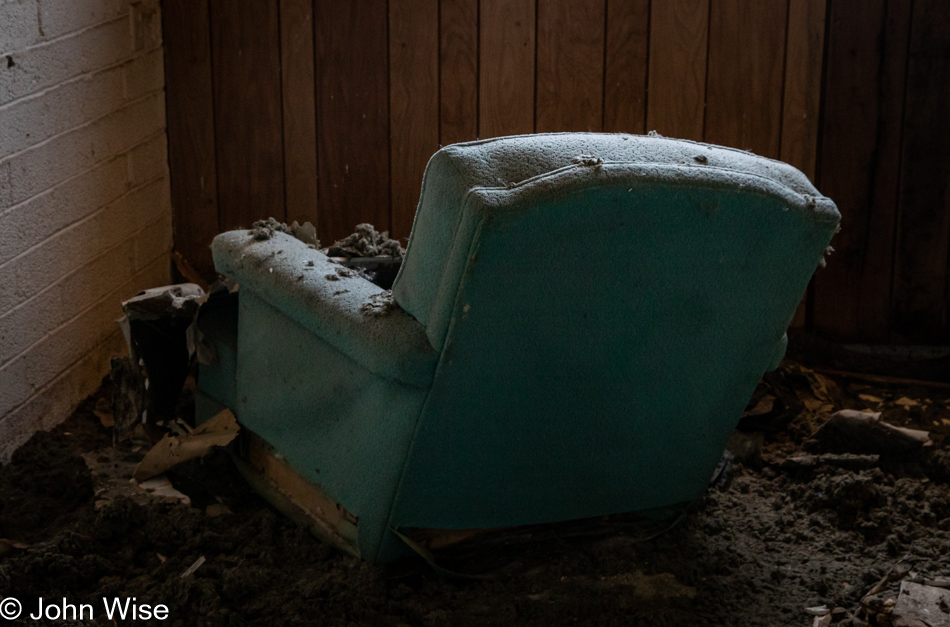
I only wish that someone else had photographed the grounds and buildings just a couple of years after everything was mostly abandoned so we could see the rate of decay and what else was still here after everyone evacuated the property.
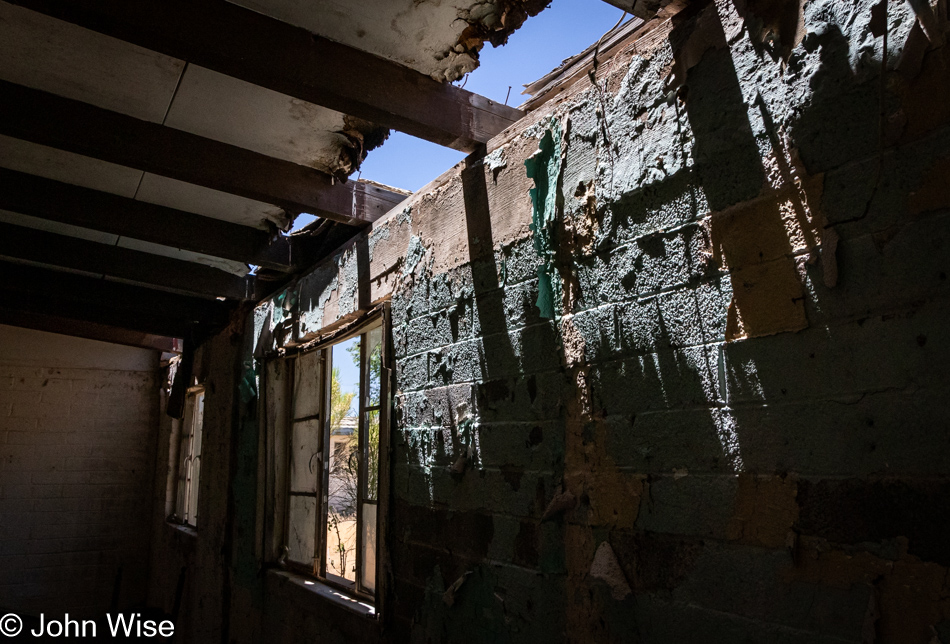
I’m also left wondering if AA Allen once lived in one of these rooms or was the private airstrip on their 2,500 acres used to whisk him away to other healing engagements to channel Jesus through himself to cure the sick.
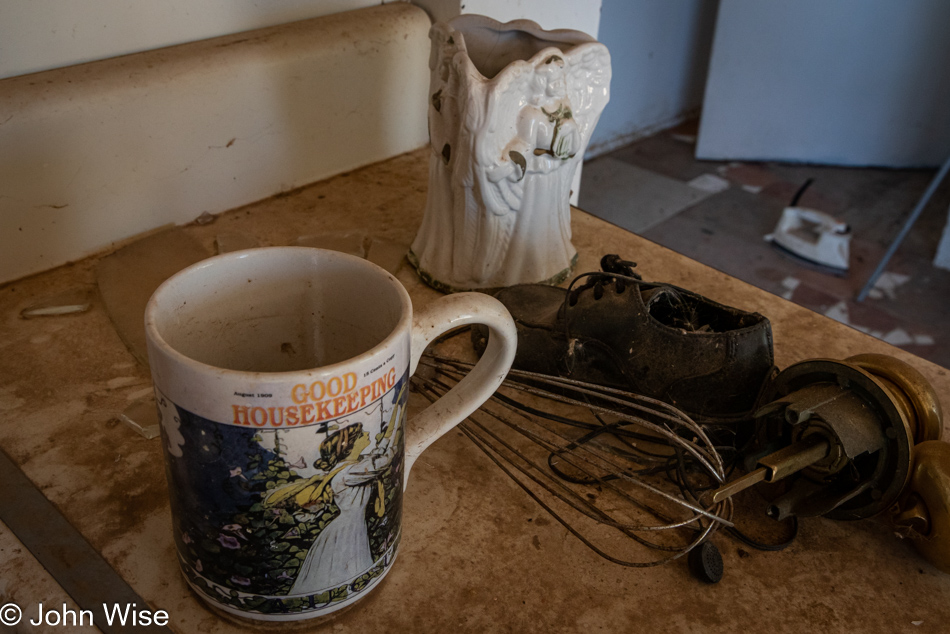
Today, I’m asking myself why I didn’t take the whisk or coffee cup, so I’d have a creepy bit of nostalgia here at home.
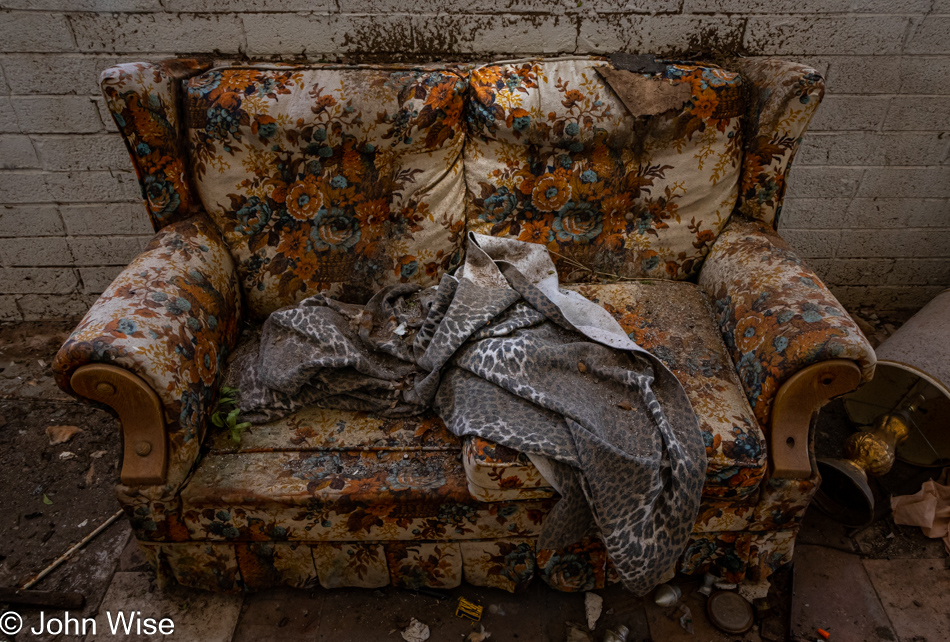
If Caroline had been with me on this day, I do believe there’s a good chance we would have sat down on this loveseat and figured out a way to take a photo of us on this molding old relic. As a matter of fact, when we drove by on our trip in 2023, had the gate been open or had I spotted someone out walking the land, I would have certainly loved to pay another visit.
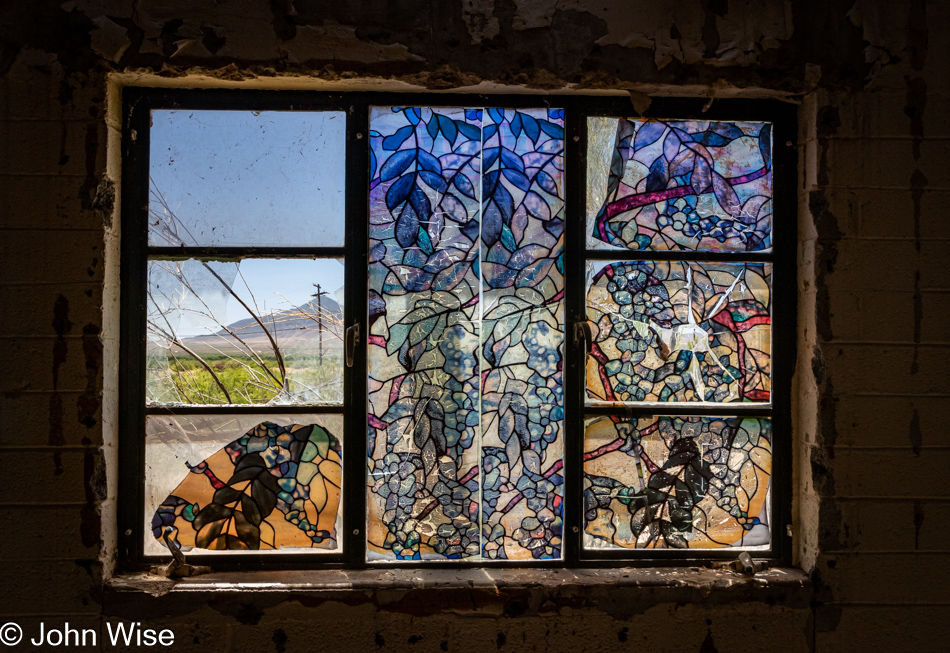
So, this was it, the nearly lost images from my visit to the Miracle Valley Bible Church back in 2019.
